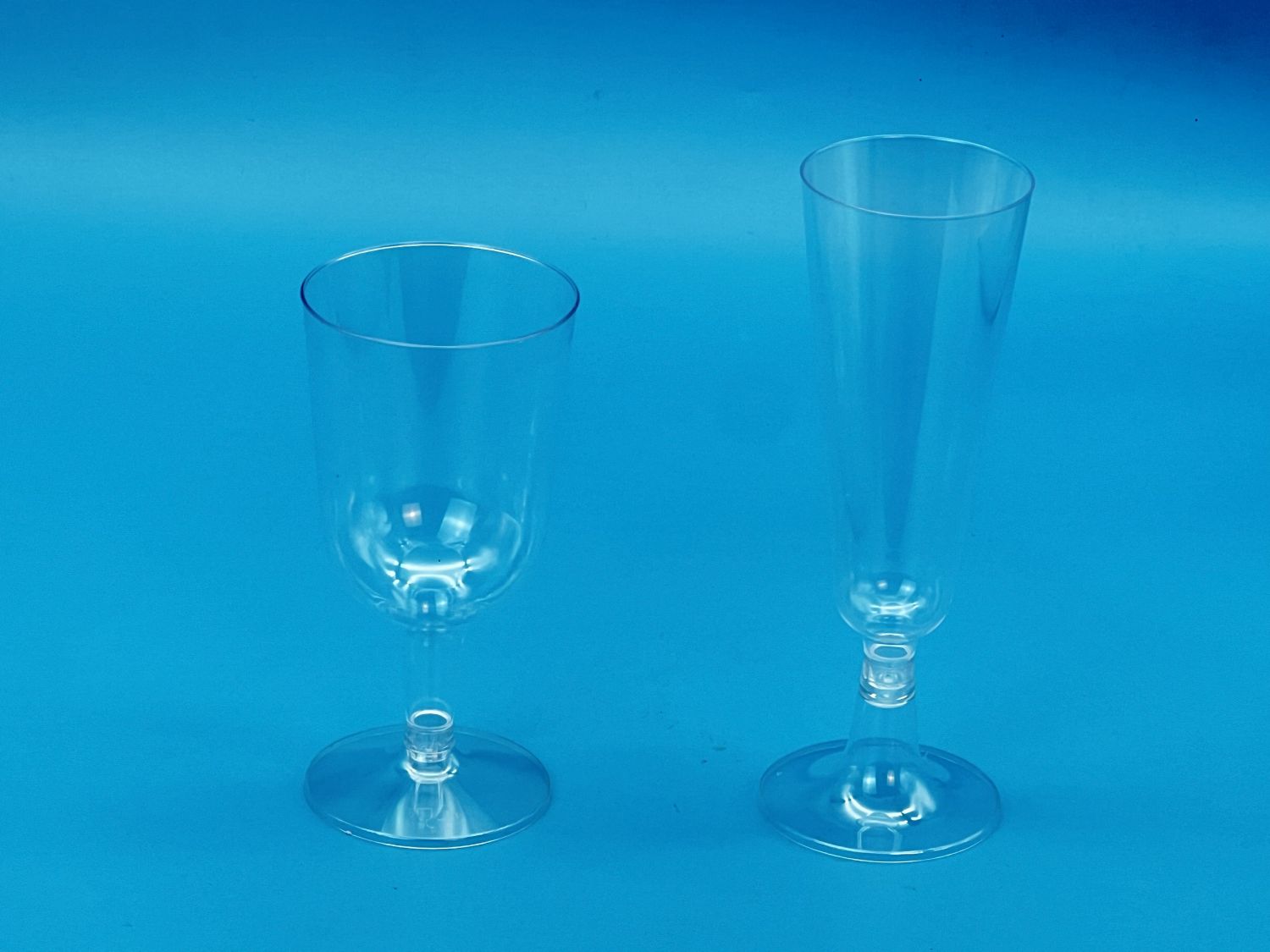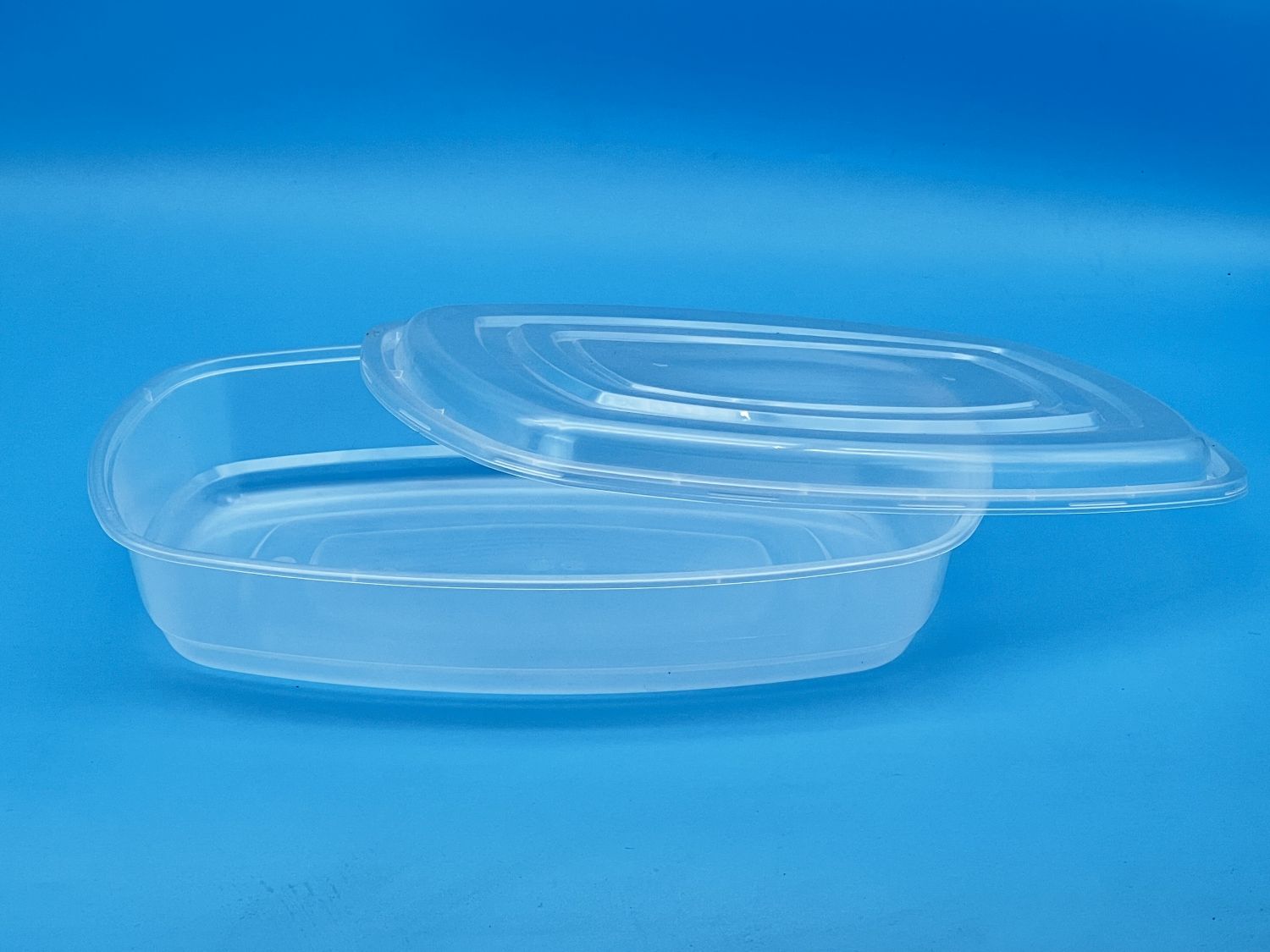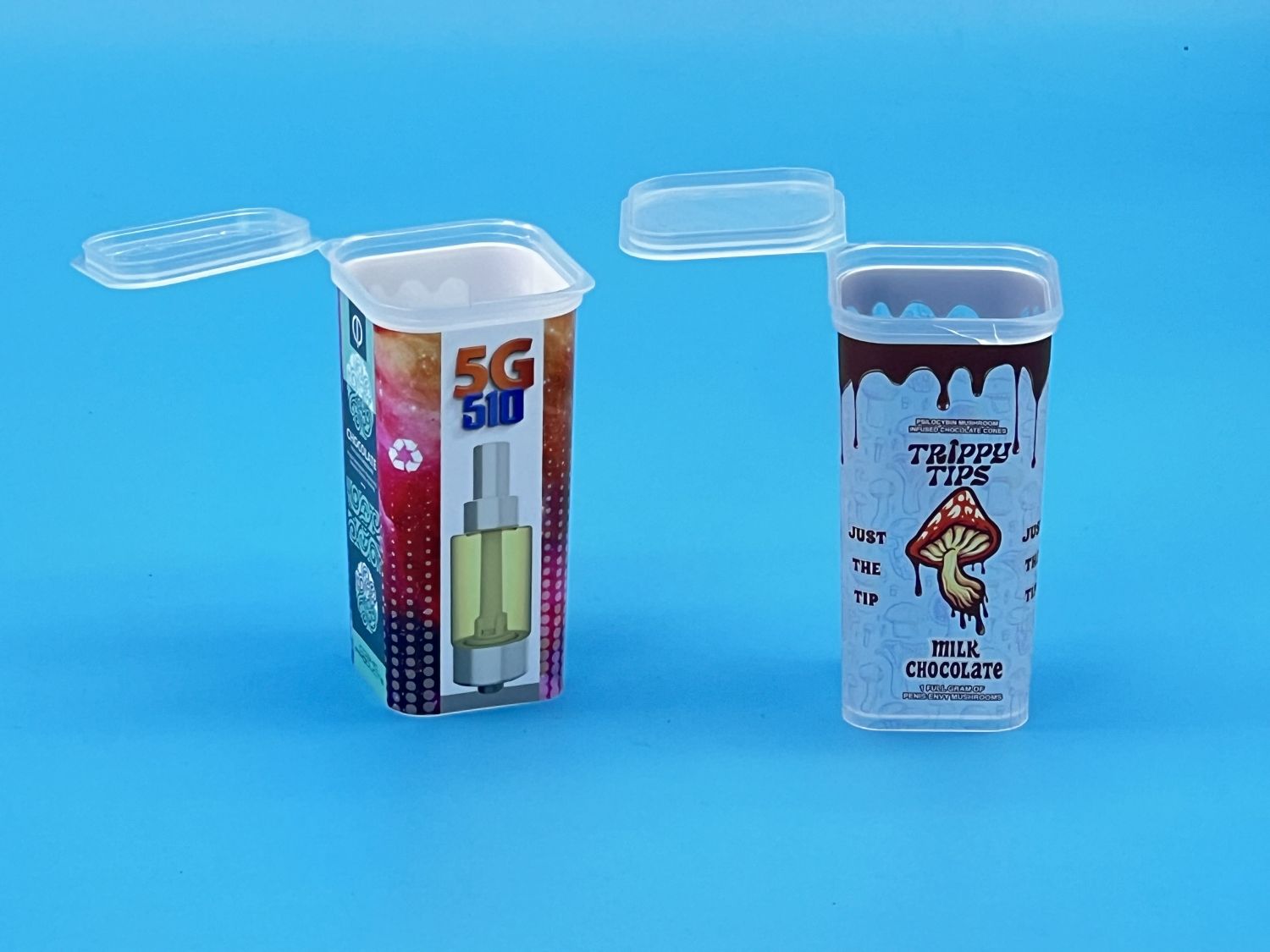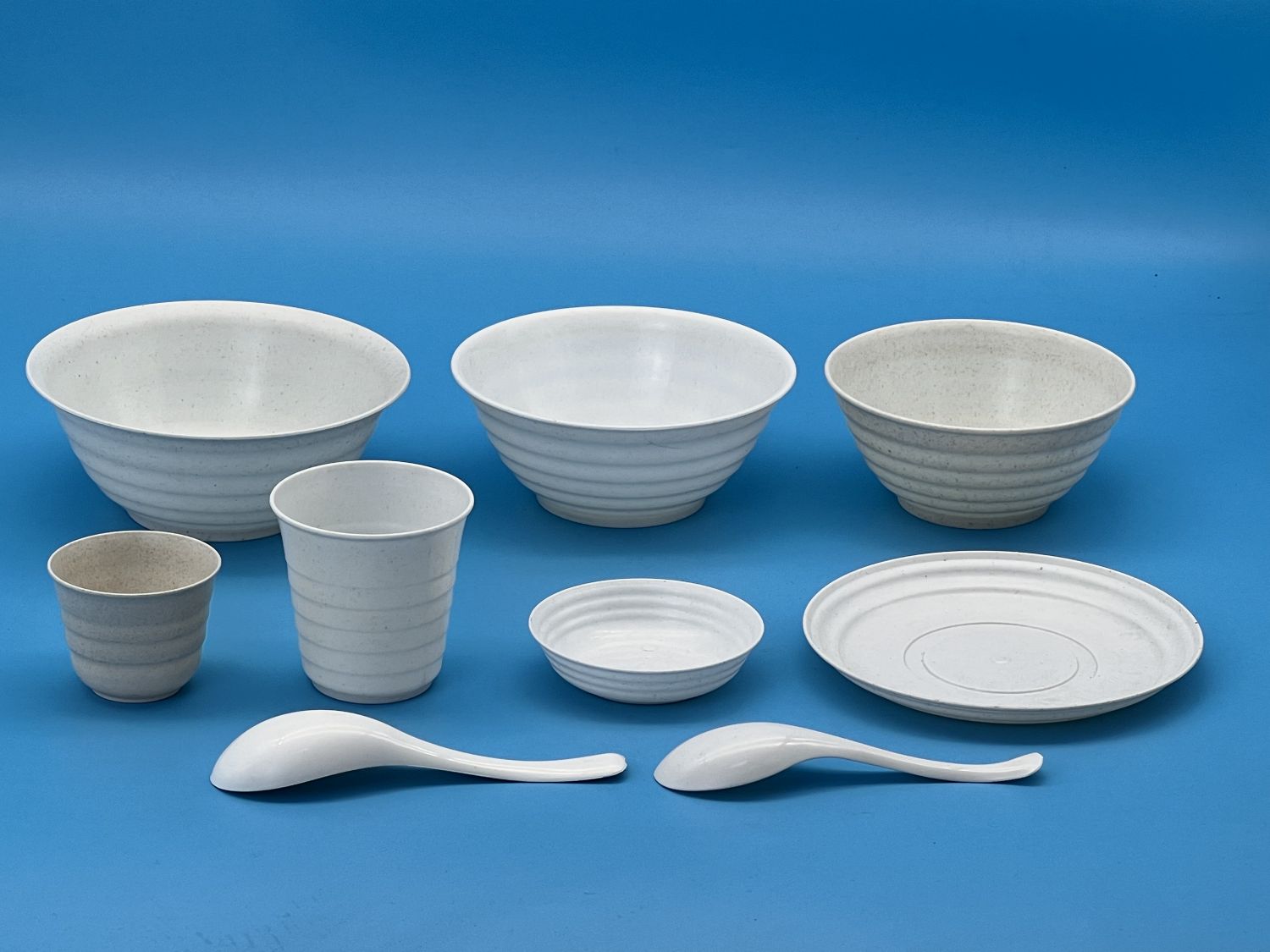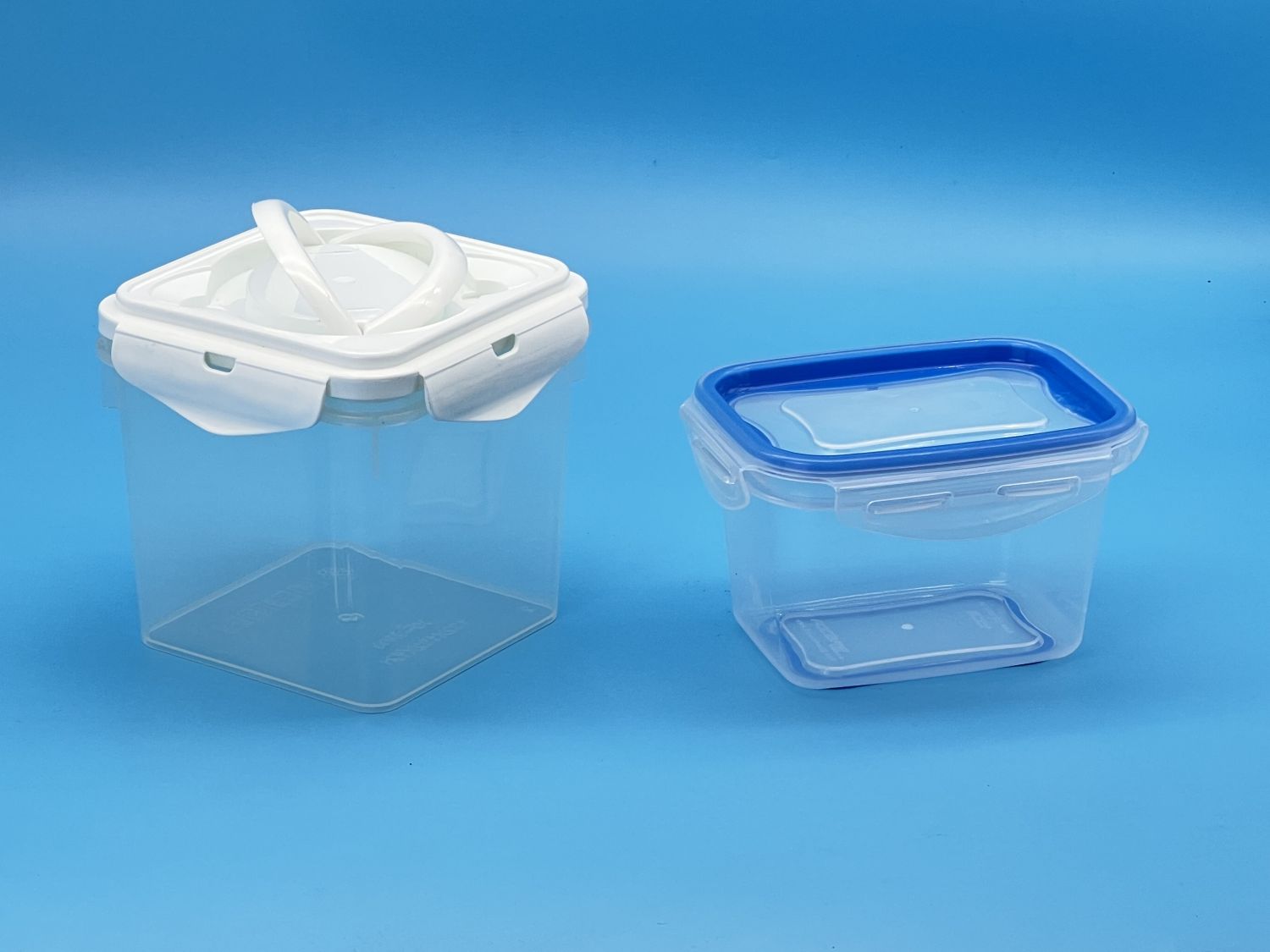
Common Problems in Thin-Wall Plastic Molding and How to Solve Them
2025-11-06
If you’ve been following our previous blogs about PP Plastic Mold, PS Plastic Mold, IML Mold, and Rice Husk Mold, you already know that choosing the right material and mold design can greatly affect your product’s quality.
But once you enter actual production — especially in thin-wall injection molding — new challenges often appear. So, what can go wrong, and how do you fix it? Let’s talk about the most common problems and practical solutions.
1. Uneven Wall Thickness
One of the most typical problems in thin-wall molding is inconsistent wall thickness.
This issue not only affects the appearance but also the mechanical strength of the final product.
Causes:
-
Unbalanced cavity design
-
Improper cooling layout
-
Uneven injection pressure
Solutions:
-
Redesign the mold with uniform cavity depth.
-
Optimize gate position and runner system.
-
Adjust injection parameters to ensure even flow distribution.
At Baolin Mould, our engineers use advanced mold flow analysis before production to minimize these issues — ensuring every PP container or PS cup maintains perfect balance.
2. Short Shot (Incomplete Filling)
You might have seen this: the mold doesn’t fill completely, leaving missing areas in the product.
That’s what we call a short shot — and trust me, it’s a headache.
Possible Causes:
-
Low injection pressure or speed
-
Poor venting system
-
Material flow resistance (especially in thin walls)
Solutions:
-
Increase injection pressure or melt temperature.
-
Check for air traps and improve venting.
-
Use a flow-friendly material, like PP or PS, depending on your product’s need.
This is why understanding material behavior — which we covered in our earlier blogs — plays a key role in troubleshooting.
3. Warping or Deformation
If your food container or disposable flute bends or twists after cooling, it’s likely due to uneven cooling or stress accumulation.
Causes:
-
Inconsistent cooling rate between mold cavities
-
Unequal wall thickness
-
Incorrect ejection timing
Solutions:
-
Enhance the cooling channel design in the mold.
-
Reduce residual stress by optimizing mold temperature.
-
Use a balanced ejection system to avoid deformation during release.
Interestingly, materials like PP and Rice Husk composites react differently to cooling — so customizing the mold design for each is essential.
4. Flash (Excess Plastic Around the Edges)
Flash refers to those thin, unwanted plastic layers along the edges of your molded part — not a good look for premium packaging.
Causes:
-
Worn or misaligned mold components
-
Excessive injection pressure
-
Poor mold clamping
Solutions:
-
Regularly maintain and polish the mold.
-
Ensure tight clamping and proper alignment.
-
Lower the injection pressure slightly while keeping the cycle stable.
High-precision molds — like those used for IML food containers — require careful maintenance to prevent such visual flaws.
5. Mold Wear and Tear
Because thin-wall molding operates at high speed and pressure, molds naturally experience faster wear.
When this happens, production consistency and surface finish start to decline.
Solutions:
-
Choose high-strength mold steel and proper surface treatment.
-
Schedule regular inspections and preventive maintenance.
-
Partner with a professional mold supplier who designs with durability in mind.
At Baolin Mould, we’ve developed advanced polishing and heat treatment techniques to extend the lifespan of molds — from PS flutes molds to IML food packaging molds.
6. Keeping Quality Consistent Across Materials
Each mold type — PP, PS, IML, or Rice Husk — behaves differently under pressure and temperature.
That’s why our previous blogs focus so much on material selection, because consistency in thin-wall molding starts with understanding how your material flows, cools, and shrinks.
If you haven’t checked those articles yet, we definitely recommend going back — they’ll give you a full picture before diving into production optimization.
Thin-wall plastic molding is a precise art. From wall thickness control to cooling efficiency, every detail matters.
By combining material knowledge, mold precision, and regular maintenance, you can dramatically reduce production defects — and that’s exactly what experienced manufacturers like Baolin Mould specialize in.
So next time you face a short shot or warping issue, don’t just tweak machine settings — step back and look at your mold design. Chances are, the answer’s already there.

